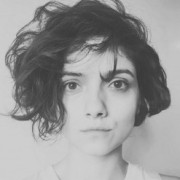Designing for Refugees
What Design Can Do, an international design platform launched by designers from different disciplines, organized a challenge focused on refugees
What Design Can Do, an international design platform launched by designers from different disciplines, organized a challenge focused on refugees. The winners are set to receive 10.000 euros and strategic support for implementing the ideas. We talked to the challenge’s director, Dagan Cohen, about the process of the challenge and its potential impacts.
Dirim Dinçer: Why did you organize an international competition for refugees?
Dagan Cohen: What Design Can Do is a master-based design platform founded 5 years ago. It started as an international conference about impact of design. The reason for it was our feeling on the current discussion of design focusing on aesthetics. By showing the value of design, it can have an impact transforming the society. So we felt that we should address this as a kind of antidote to frame the way of perception on design in the public opinion. So we started with this conference, inviting speakers from all around the world from all disciplines -from architects to fashion designers- who works with food, digital products etc. and who are passionate to create a better world or to make a small change.
After five years of organizing the international conference, creating a platform for questioning of this issue and organizing debates, we felt that we needed to do more: What would be the next step? We have built a huge network of designers throughout the world in the meantime. As we have collected all those people focusing on changing the society, we asked: If we mobilize them as a power to take action on the urgent societal issues, what can happen? As a great way to mobilize this creative society, we came up with the idea of the Refugee Challenge in the beginning of 2015. We talked to designers and people on the streets to grasp that what were the issues of today. In May, we saw that the most critical issue was the European refugee crisis.
It is fun to work on ideas, but you have to think of how to make those ideas happen. If we want to make the Challenge in cooperation with creative community who comes up with ideas, we should secure those ideas and their implementation through a strong partnership. We thought that it was really important to work on this challenge with the right partners that have the opportunity to implement the great initiatives. That’s why we contacted the Office of the United Nations High Commissioner for Refugees (UNHCR) and the Ikea Foundation. Having boots on the ground of everywhere in the world, the UNCHR has the knowledge of the issue and all data about refugees, making itself the right organization to frame the problem. Being a separate organization from Ikea Company, the Ikea Foundation has an enterprising spirit that comes from the company. Another important factor is they have already proved themselves by collaborating with the UNCHR for successful Better Shelter Project which was initiated to create an alternative to the refugee tents of UNCHR. This background made us confident for collaboration with the foundation.
DD: Do you believe that this challenge can generate a paradigm shift in refugee crisis? Will there be any realized product in conclusion?
DC: First of all, I think that refugee crisis is not only about the governments but also individuals as it should be part of individual moral questioning. Each person should ask himself “What am I doing?” “What can I do?” “What I am doing is enough?” Then you can explore your first thought as human before getting into complexities of politics. “What if I was in this position and I had to flee?” “Would I need help?” “Wouldn’t it be terrible if people close the doors on me?” I think it is a humanitarian and moral obligation to do something. Of course you can do volunteer work as an individual, you can get into a car, collect blankets. I also did consider these contributions. As a professional, however, I think that you should contribute from what you are good at. If somebody has a creative background, the question should be “How can I help as a creative?”
The first step of designing a challenge includes organizing how the challenge could work, how to communicate and reach people, how to organize process in collaboration. As WDCD, we felt that it was the obligation of designers to create the right circumstances, to ask right questions and to create all the triggers in order to involve people. The second step is to question if we will succeed in doing so. When we launched it, we said “Well, let’s see what happens.” Honestly, it is a big concern to think what will happen, or whether people will response to the Challenge or whether people will feel the urgency we felt? To tell the truth, I was a bit worried. What would happen if the open call had like 100 ideas? That wouldn’t seem a lot when you have the ambition of a global challenge. In the beginning, people asked us how many entries we had expected? I said that I had no idea, but indeed I hoped to have around 300 entries. So you can imagine our astonishment when we closed the Challenge with 600 entries. There was also another concern about only reaching privileged, white creative communities like London, Amsterdam, Stockholm etc. But it didn’t go like that: A total of 70 countries around the world participated in the Challenge. We made a map and colored the countries from which we received ideas in red. And we are very happy to see that the countries without entries are just the minority. We also reached out to some networks, art schools and friends in Turkey as I felt that Turkey was an important country and we needed to engage the Turkish community as well.
DD: How did you structure the process and how did you decide the headlines of the briefs for the Challenge? I think the requirements for uploading projects were also interesting: a short text, simple visuals and an introductory video. These tools do not belong to any specific discipline. Should we read that as “anyone” can join regardless of his/her discipline?
DC: That’s right. We need a democratic challenge, so we are open to everyone such as designers, creative thinkers, troubleshooters etc. Anyone with a good idea. And if you want to do a global challenge you should do it through Internet. It has a democratic nature. If you deny the Internet and reject to use it, it is a shame. Thinking about how open we will be, there are examples of design challenges like Ideo. They are very experienced with running online challenges and they are totally open. They did even a crowdsourcing research. At this point, we decided to be less open. On the other hand, to do our homework very well we drew a frame quite wide, not narrow. The only big decision we made was focusing on the urban refugees from the beginning. All the challenges are related to the housing, basically the reception and integration of refugees in the big cities. The UNCHR sees the need of a huge development for refugees who are trying to move from the camps to the cities. So that was the first thing we decided for the frame of the Challenge rather than ideas about camps or an emergency help from Europe.
We did research and talk to refugees, NGOs and city authorities. We mapped all the obstacles for what we called the urban refugee journey. Trying to define the big problems on the way to find a new start, we clearly determined 5 different questions. The reason behind of choosing 5 topics is to reach various disciplines. There are briefs that architects, digital communication designers or graphic designers can participate. We have also tried to make quite extensive documents in 50 pages. It is important to emerge yourself into issues, so we shared all the research we did as designers with others. To attract people and get them involved, we tried to create a format easy for everyone. We wanted participators to upload a good title for the project, one key visual - not more than 5 extra visuals - 50 words and a video. Video has a great importance because we need to know people behind the proposal. It is not about only the idea, but about the motivation of people. Today, we have great videos that we can edit and show how global this challenge is.
DD: After uploading process, the projects were online for comments and critics. This situation also has a potential to create new kinds of interactions. Is this part of your plan to create a network of creative minds to find solutions for refugee crisis?
DC: A network is naturally occurred. There is another paradox in here. People can have brilliant, amazing ideas as designers, architects or genius individuals however, in a complex problem like this, you cannot superimpose a solution to a situation. You have to work together. We try to encourage people to find a collective way as we did with this call. Our call was open to individuals, companies, collectives, ad-hoc groups – whatever you name it. For example, we have a group of around 50 people who called themselves as Liverpool Collective, coming up with an idea.
We also want to use potential of creating new collaborations. That’s why we launched a feedback and contribution phase after the initial uploading phase. And I was amazed by what happened there, how active people were as they were commenting on others’ works, asking each other to collaborate, exchanging e-mail addresses, deciding venues for events where they can meet. People organized simultaneous workshops, shared it on Twitter, made brainstorming for this challenge. So I must say that it was extremely touching and satisfying to see. So we are like fire starters, a catalyst in the dynamics, and there is no point to try to control at all.
I think other projects left out of the finalists list can still find a way to collaborate and make things happen. It was a hard to select winners out of 600 ideas. There are at least two hundred ideas worth to be developed further. We do feel absolutely responsible to put ideas forward but we could not support all. So, we had a shortlist of 25 ideas that had the potential for further development. The international jury met in Amsterdam and picked the five winners. Each winner will receive 10.000 euros and join an acceleration program in which the ideas will be transformed into products, services, programs, maybe start-ups.
DD: Can you evaluate the process in general? Are there any specific subjects or urgent solutions that participants have particularly focused on?
DC: The majority of ideas are services and programs to connect society and refugees. There are two dominant categories. One category is the first brief which aims to improve shelters and receptions centers. Unfortunately, most of the ideas were oriented at camps. However, as I said before, we have focused on the urban refugees and we are looking for solutions for housing and better integration in society, in neighborhoods. So we discarded some ideas like the big reception centers outside of the city or a project quite famous in which a cloth has been developed which can be used as a tent and as a coat at the same time. On the other hand, the UNCHR will consider the project.
The second topic which participants highly response to is the cultural integration. The ways of creating cultural exchange and meeting places were searched in physical, digital manners or in the combination of two. It is actually the most dominant category. I am also happy that there was not a try to design better looking projects. The projects show that the design trend is more about services, working together and finding tool-kits to work together in order to find the ultimate solution. It is about not individual superimposing ideas but the role of the designers as creatives who should work together with others to create solutions.
DD: Do you have any further plan to expand this challenge to another discussion or platform by means of different collaborations such as governments and NGOs? Will you organize the challenge annually?
Yes to both. After we announced five winners, a very intensive period began with NGOs, city officials, authorities to see where we can implement the best ideas emerged as a result of the Challenge. We will be also working for the upcoming challenge which will again focus on an important issue. We will definitely organize challenges annually with same kind of strong international partnerships. But such a complex challenge demands a successful process. So the challenges in this scale can be biannual. We are also planning to launch smaller challenges along with the big ones. For example, one will be about domestic violence and how to addresses the problem.
AGRIshelter
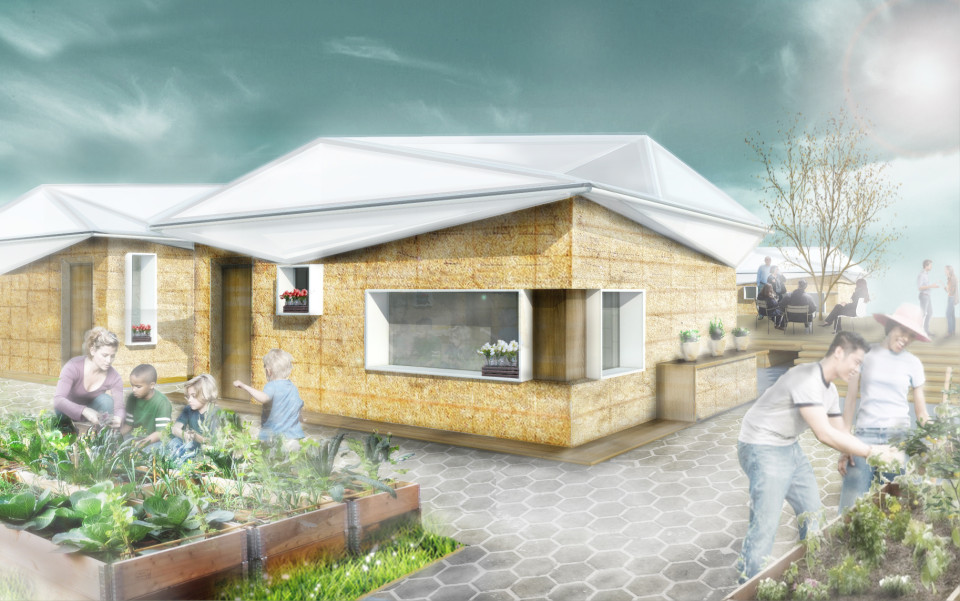
AGRIshelter project points at the shortage of refugee shelters, considering social, urban, environmental and economic factors. It is built of biodegradable, zero-km materials, which are durable and provide good insulation and are readily available in every city. 35 m2 units can be built in a few hours by people with minimum skills.
The Welcome Card
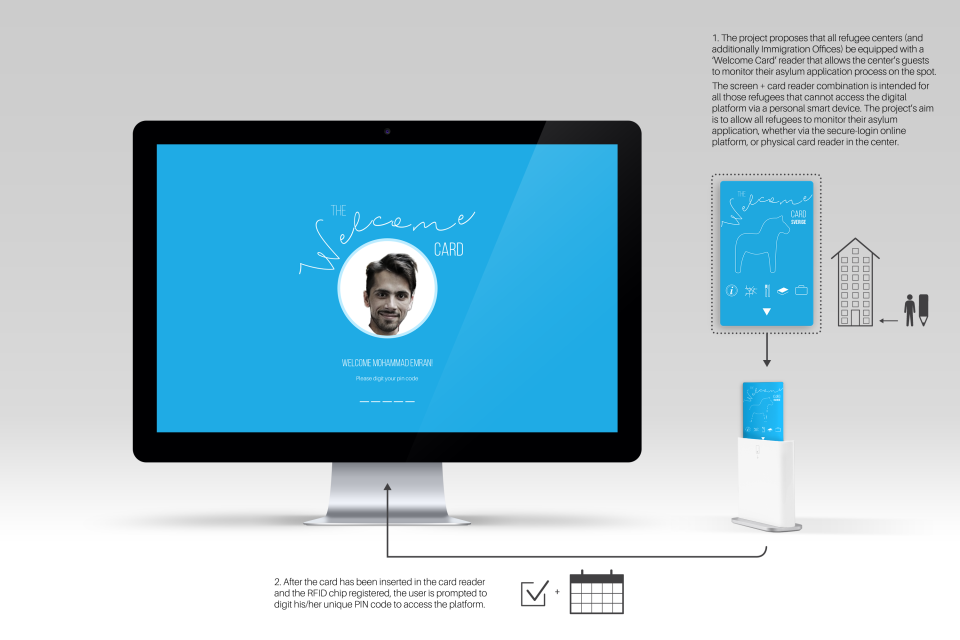
The Welcome Card's radio-frequency identification technology (RFID) enables refugees to check their application status while providing official information from relevant immigration agencies and related organizations. The temporary identification card also provides details about language courses, transport and relevant events.
Eat & Meet
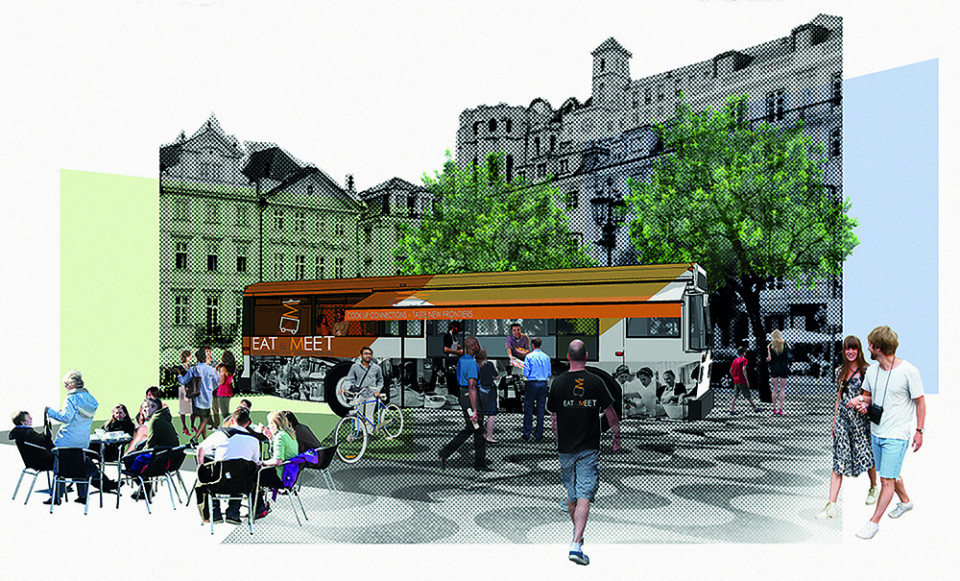
As catalyst for acquaintance and cultural exchange, Eat & Meat project uses food to foster relationships. The project turns renovated city buses into food trucks where refugees can cook and sell food from their culinary tradition, with proceeds going to the workers as well as integration projects.
Makers Unite
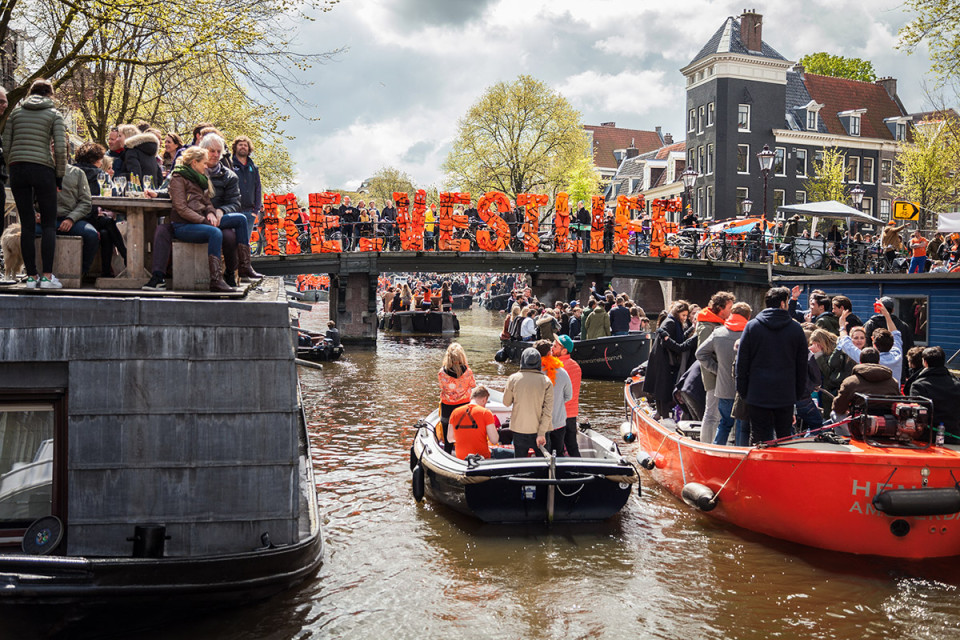
Makers Unite’s platform offers the first steps for refugees to connect with locals, to build new networks and to restart their lives. It enables newcomers and old ones to develop meaningful relationships while creating products that support the circular economy.
Reframe Refugee
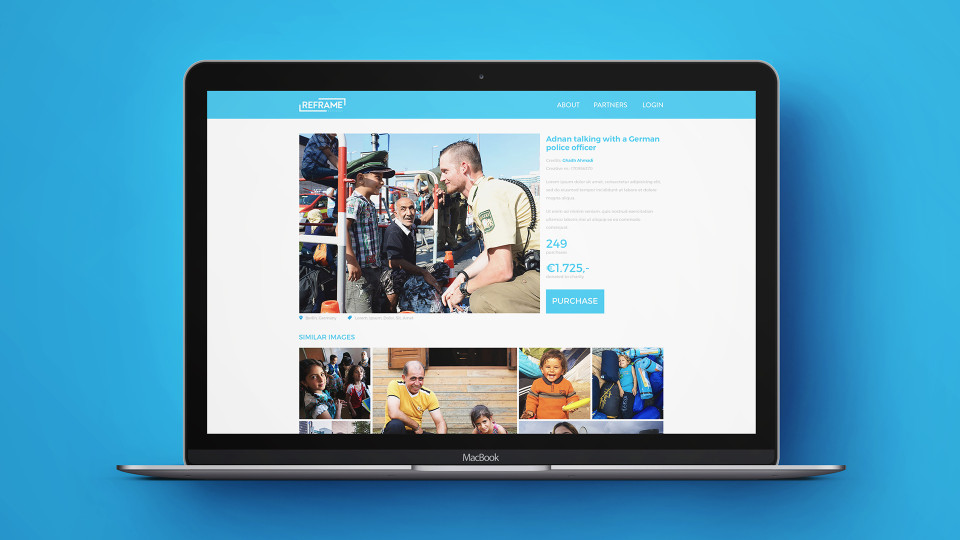
The photos of refugees shown by mainstream media present them as desperate and helpless. The digital platform Reframe Refugees helps the world realize that refugees are people with the same dreams and ambitions as everybody else. Reframe is a photo-based platform where refugees, 90 per cent of whom carry a smartphone, can share their side of the story and show us what they want us to see.
Related Content:
-

WDCD Unveils the Redesign Everything Challenge for a Circular Future
-

What Design Can Do Reveals The Winners
-

Make It Circular Challenge Announces 50 Nominees
-

Make it Circular Challenge
-
Social Design for Beginners
Curated by Angeli Sachs, Social Design exhibition in the Museum for Gestaltung Zurich aims to discuss implications of growth economy on human beings, environment and design. Banu Çiçek Tülü reviewed the exhibition as a good example of inclusiveness in a country where democratic design processes emerge in urban scale.
-
Learning From Change
In conversation with Jan Boelen, the curator of 4th Istanbul Design Biennial on the theme of "A School of Schools." We discussed a variety of issues starting from the making of a design biennial up to design's capacity to respond to changes in the society.
-
New Forms of Conviviality
Hulya Ertas talked with Cristina Gamboa, one of the founder members of Lacol, on their approach as an architecture cooperative
-

The City Yet to Come
 02.08.2016
02.08.2016








